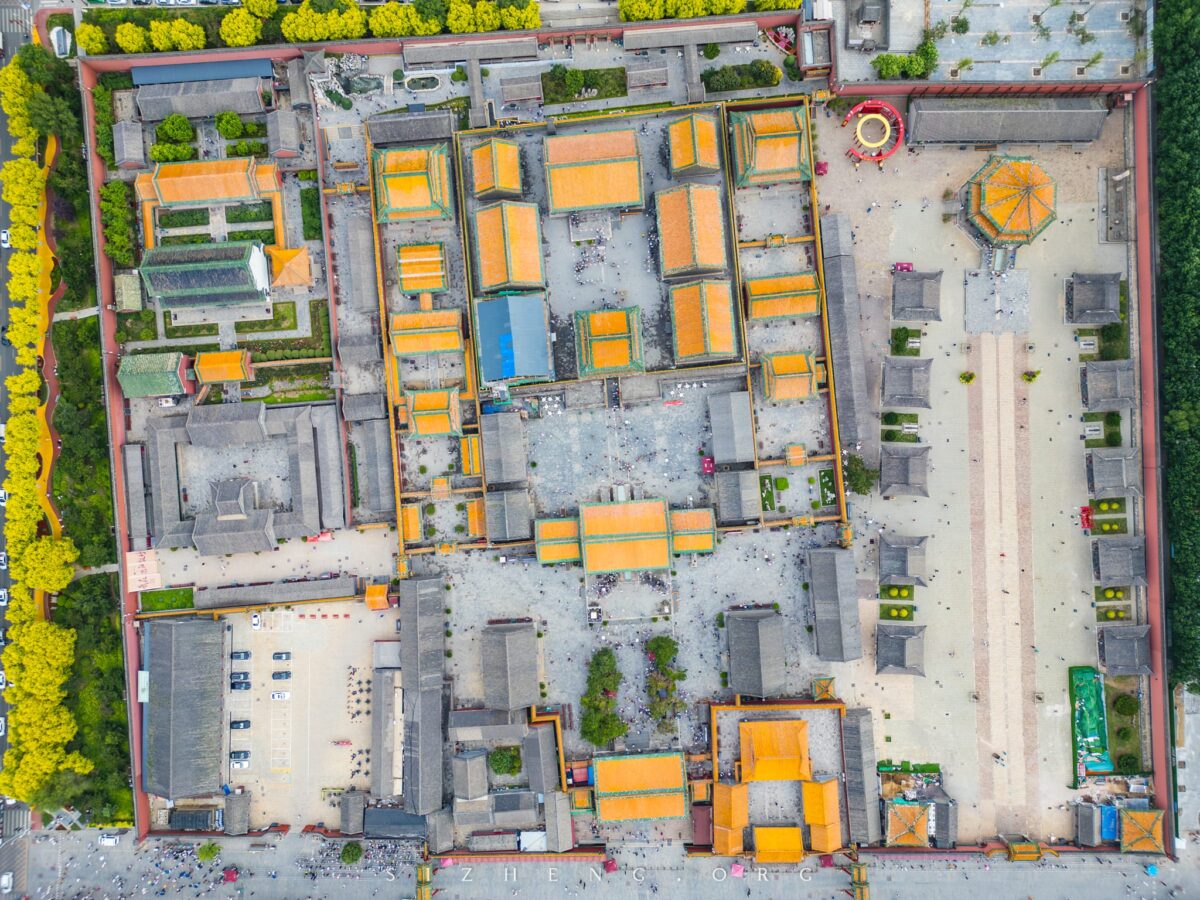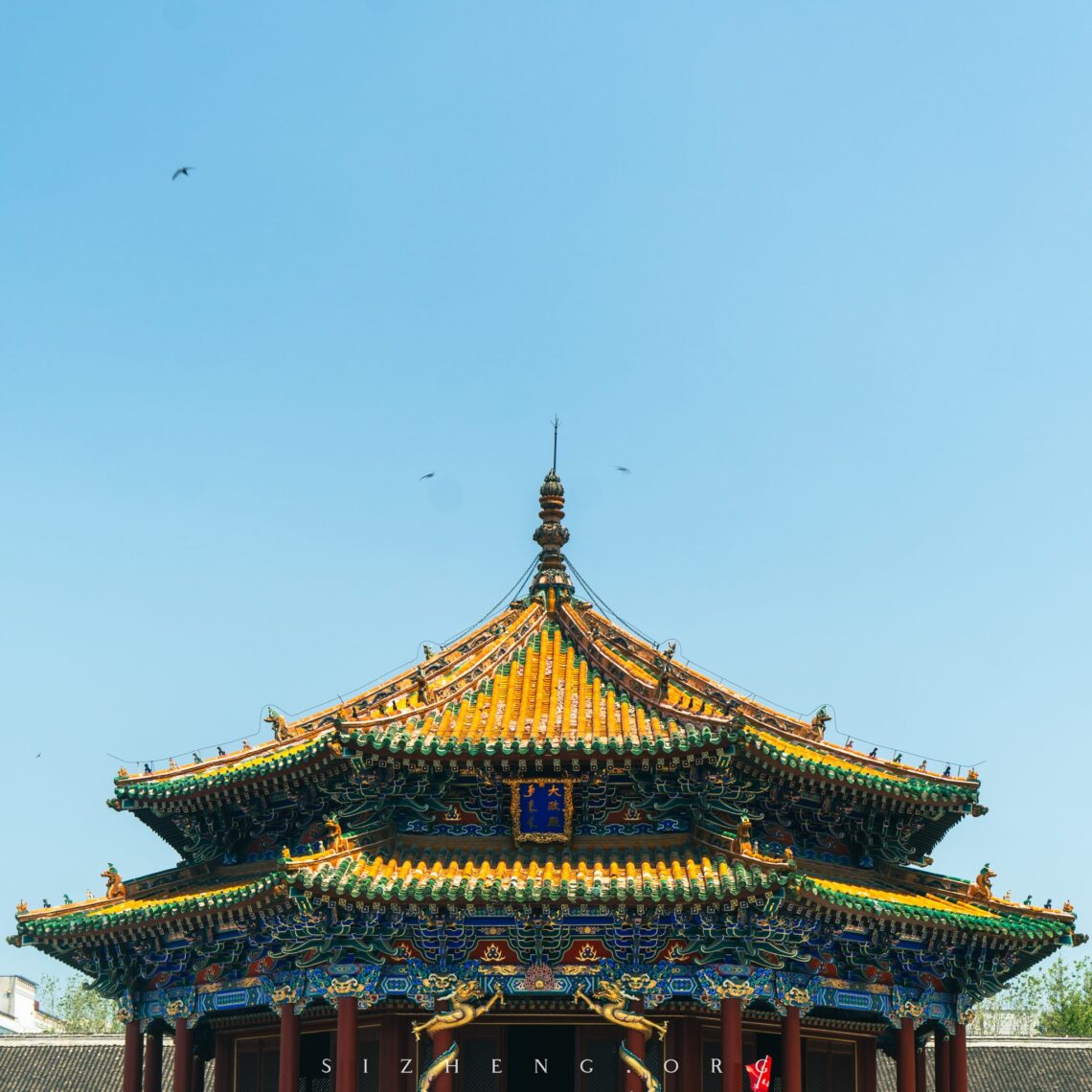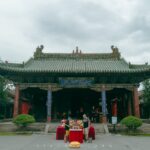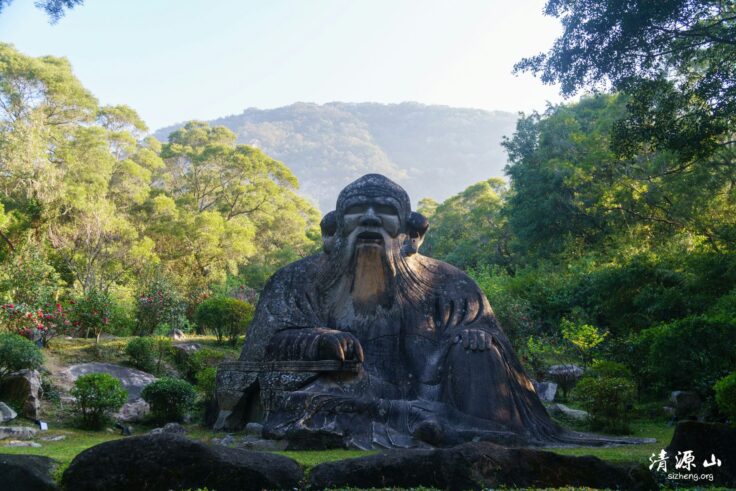The Shenyang Imperial Palace, built during the early 17th century, stands as a testament to the origins of the Qing Dynasty, China’s last feudal dynasty. Before the Qing emperors moved their capital to Beijing, this magnificent palace was the heart of their power and culture. Today, it offers a fascinating glimpse into the rich history and traditions of the Manchu people.

Ticket: 60RMB. You can buy from Ctrip.
Opening from 8:30am to 5:00 pm (Apr - Oct).
How to get there: Take subway Line 1 and get off at Zhongjie Station or Huaiyuan Gate Station.
Official website(English): http://en.sypm.org.cn/
The Vision of Nurhaci
Nurhaci, the founder of the Qing Dynasty, was a formidable leader known for his strategic prowess. In March of 1625, despite objections from his officials citing financial and logistical challenges, he decided to move the capital to Shenyang. His arguments were compelling: Shenyang’s strategic location, abundant natural resources, and accessibility via rivers made it ideal for military and administrative purposes.
Nurhaci’s determination led to the construction of the Shenyang Imperial Palace. The first structures built were the Dazheng Hall and the Ten Princes Pavilion. Nurhaci himself resided in the Khan Palace to the north, following the Jurchen tradition of separating residential quarters from official halls.
Transition Under Emperor Huang Taiji
After Nurhaci’s death, his son Huang Taiji took over and incorporated Chinese architectural styles into the palace, marking a blend of Manchu and Han traditions. The main palace complex we see today was largely completed by 1636, and Shenyang was renamed Shengjing, with the palace becoming the Shengjing Imperial Palace.
The Role of Shenyang Palace in Qing Dynasty
Although the Qing capital eventually moved to Beijing, Shenyang remained significant. It served as a secondary capital and a site for royal ceremonies. Emperors like Kangxi and Qianlong expanded the palace, adding buildings such as the East and West parts and the Taimiao (Ancestral Temple).
Architectural Splendor of the Shenyang Palace
The Shenyang Imperial Palace is divided into three main parts: East, Middle, and West. Each part boasts unique structures reflecting the distinct architectural styles and purposes of the time.

East part: The Heart of Governance
- Dazheng Hall: Built in 1636, this hall was where Emperor Huang Taiji conducted state affairs. The hall is adorned with glazed tiles and features intricate dragon carvings on its columns, embodying Manchu aesthetics and the political structure of the Eight Banners system.
- Ten Princes Pavilion: Surrounding the Dazheng Hall, these pavilions were where officials managed state affairs, each representing one of the Eight Banners.
Middle part: The Core of Imperial Life
- Chongzheng Hall: Originally named Duguang Hall, this was the main throne hall for state ceremonies. The hall’s columns are adorned with dragon motifs, symbolizing imperial power.
- Phoenix Tower: This three-story structure, one of the tallest in the palace, was used for royal leisure and small gatherings. It also stored important documents and royal seals.
- Qingning Palace: The residence of Emperor Huang Taiji and his empress, featuring traditional Manchu-style “kang” (heated bed) and a large stove for cooking.
West part: Cultural and Leisure Activities
- Wensu Pavilion: A dedicated library housing the Siku Quanshu, the largest collection of books in Chinese history. Modeled after Ningbo’s Tianyi Pavilion, it highlights the Qing Dynasty’s dedication to cultural preservation.
- Jiayin Hall and Theater Stage: Used for hosting banquets and performances during the emperor’s visits. The theater’s design allowed for royal guests to enjoy performances comfortably, showcasing the palace’s blend of form and function.
Conclusion
Visiting the Shenyang Imperial Palace is more than just a tour; it’s a journey through time, revealing the intricate blend of culture, history, and architecture that defined an empire. Plan your visit today and step into the grandeur of China’s last dynasty.







Leave a Reply